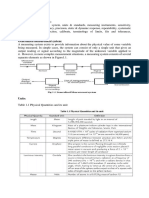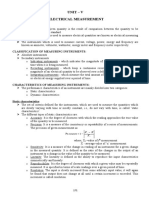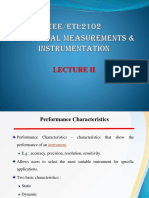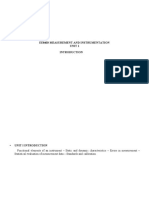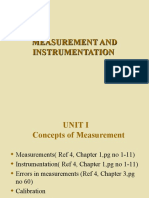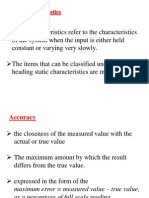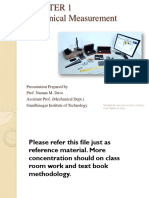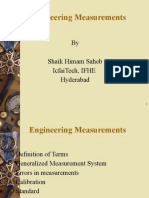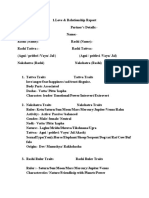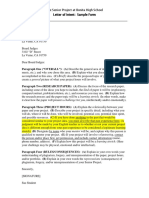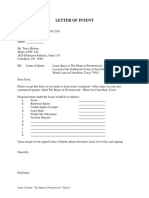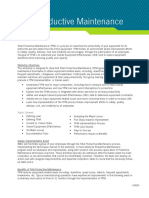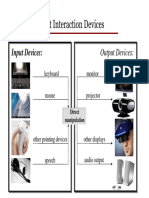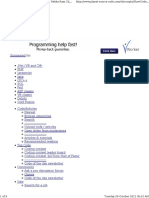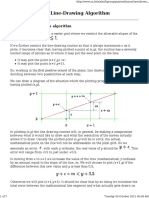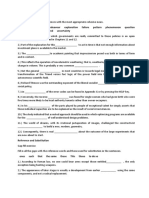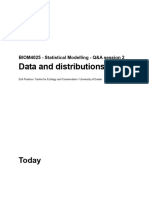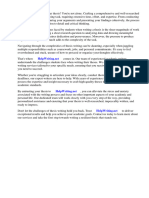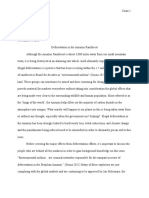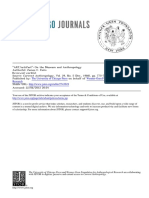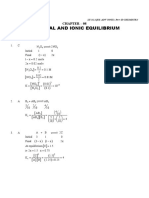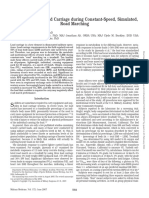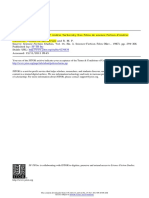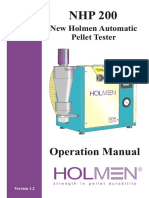0% found this document useful (0 votes)
53 views51 pagesUnit 1: Generalized Measurement System
1. The document discusses measurement systems and instruments. It defines measurement, describes the elements of a measuring system, and classifications of measurement methods.
2. Measurement errors are discussed, including systematic, random, alignment, parallax, contact, and instrumental errors.
3. Performance characteristics of measurement devices include static characteristics like precision, accuracy, sensitivity, calibration, reproducibility, and linearity, as well as dynamic characteristics.
Uploaded by
anadinath sharmaCopyright
© © All Rights Reserved
We take content rights seriously. If you suspect this is your content, claim it here.
Available Formats
Download as PPTX, PDF, TXT or read online on Scribd
0% found this document useful (0 votes)
53 views51 pagesUnit 1: Generalized Measurement System
1. The document discusses measurement systems and instruments. It defines measurement, describes the elements of a measuring system, and classifications of measurement methods.
2. Measurement errors are discussed, including systematic, random, alignment, parallax, contact, and instrumental errors.
3. Performance characteristics of measurement devices include static characteristics like precision, accuracy, sensitivity, calibration, reproducibility, and linearity, as well as dynamic characteristics.
Uploaded by
anadinath sharmaCopyright
© © All Rights Reserved
We take content rights seriously. If you suspect this is your content, claim it here.
Available Formats
Download as PPTX, PDF, TXT or read online on Scribd
/ 51






